What's New
Displaying results 531 - 540 of 4052
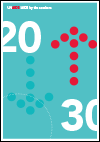
Resource | Infographics,
In 2018: 54% of new HIV infections were among key populations and their sexual partners, 40% decrease in new HIV infections since the peak in 1997, 37.9 million people living with HIV in the world, 1 700 000 children living with HIV (under 15 years).
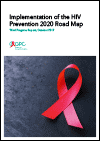
Resource | Publications,
Together, the 28 countries account for 75% of all new HIV infections globally—1.2 million of the 1.7 million new HIV infections among adults in 2018. The report, Implementation of the HIV prevention 2020 road map, shows that among the coalition countries new HIV infections among adults declined on average by 17% since 2010, slightly higher than the global decline of 13%, but far short of the 60% decline needed in 2018 to meet global HIV prevention targets.
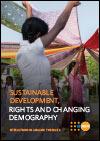
Resource | Publications,
This flagship report for ICPD25 examines the interplay between sustainable development, rights and changing demography and how this impacts the ability of governments, civil society and other stakeholders to achieve the vision set forth in Cairo and reaffirmed at the Midterm Review of the Asia Pacific Ministerial Declaration on Population and Development.

Resource | Publications,
This review utilizes national-level quantitative data to provide a comprehensive profile of how gender inequality impacts girls and boys, in low and middle-income countries in East Asia and Southeast Asia. This report describes the effects of gender inequality in the domains of health, education and transition to employment, protection and safe environment. The review identifies key data and knowledge gaps relating to gender inequality for children and adolescents, provides recommendations for priority gender indicators, and calls for investments in data collection, additional research and action to address the key drivers of gender inequality in the region.
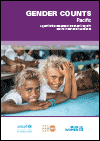
Resource | Publications,
This review utilizes national-level quantitative data to provide a comprehensive profile of how gender inequality impacts girls and boys, in low and middle income countries in the Pacific. This report describes the effects of gender inequality in the domains of health, education and transition to employment, protection and safe environment. The review identifies key data and knowledge gaps relating to gender inequality for children and adolescents, provides recommendations for priority gender indicators, and calls for investments in data collection, additional research and action to address the key drivers of gender inequality in the region.

Resource | Publications,
Gender Counts, a new, first-of-its-kind review, utilizes quantitative data to provide a comprehensive profile of how gender inequality impacts girls and boys, in the low and middle-income countries in Asia-Pacific. This report focuses on South Asia. The reports describe the effects of gender inequality in the domains of health, education and transition to employment, protection and safe environment. The review identifies data gaps for children and adolescents; provides recommendations for priority gender indicators; and calls for investments in data collection, research and action, to better understand and address the key drivers of gender inequality in the region.
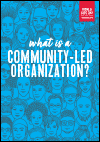
Resource | Publications,
Community-led organizations are led by the people who they serve and are primarily accountable to them. In the AIDS response, this includes organizations by and for people living with HIV or tuberculosis and organizations by and for people affected by HIV, including gay men and other men who have sex with men, people who use drugs, prisoners, sex workers, transgender people, women and young people.
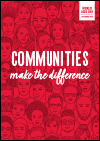
Resource | Publications,
Communities make an invaluable contribution to the AIDS response. Communities of people living with HIV, of key populations—gay men and other men who have sex with men, people who use drugs, sex workers, prisoners, transgender people and prisoners—and of women and young people lead and support the delivery of HIV services, defend human rights, support their peers. Communities are the lifeblood of an effective AIDS response and an important pillar of support.
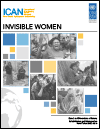
Resource | Publications,
The global study, Invisible Women: Gendered Dimensions of Return, Reintegration and Rehabilitation, conducted in partnership with the International Civil Society Action Network, responds to a pressing need for action-oriented research that improves our understanding of women’s roles in reintegration and rehabilitation processes, and the work of women-led organizations in supporting these processes. The study considers their experiences as critical lessons for the design and implementation of initiatives to prevent violent extremism. In doing so, it makes an important contribution to an expanding evidence base on the reintegration of violent extremists.
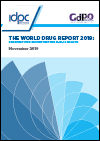
Resource | Publications,
With the Ministerial Declaration of March 2019 having ostensibly set the direction of international drug policy for the next decade or so,1 the launch of the 2019 World Drug Report only three months later was arguably surrounded by less expectation than the year before. Then, while missing the opportunity to provide a review of progress made in the 10 years since the Political Declaration,2 its contents still had the potential to feed directly into the deliberations surrounding the UN’s latest soft law instrument pertaining to drugs. Nonetheless, as is the case regardless of the UN’s own review cycle, the World Drug Report remains significant.





